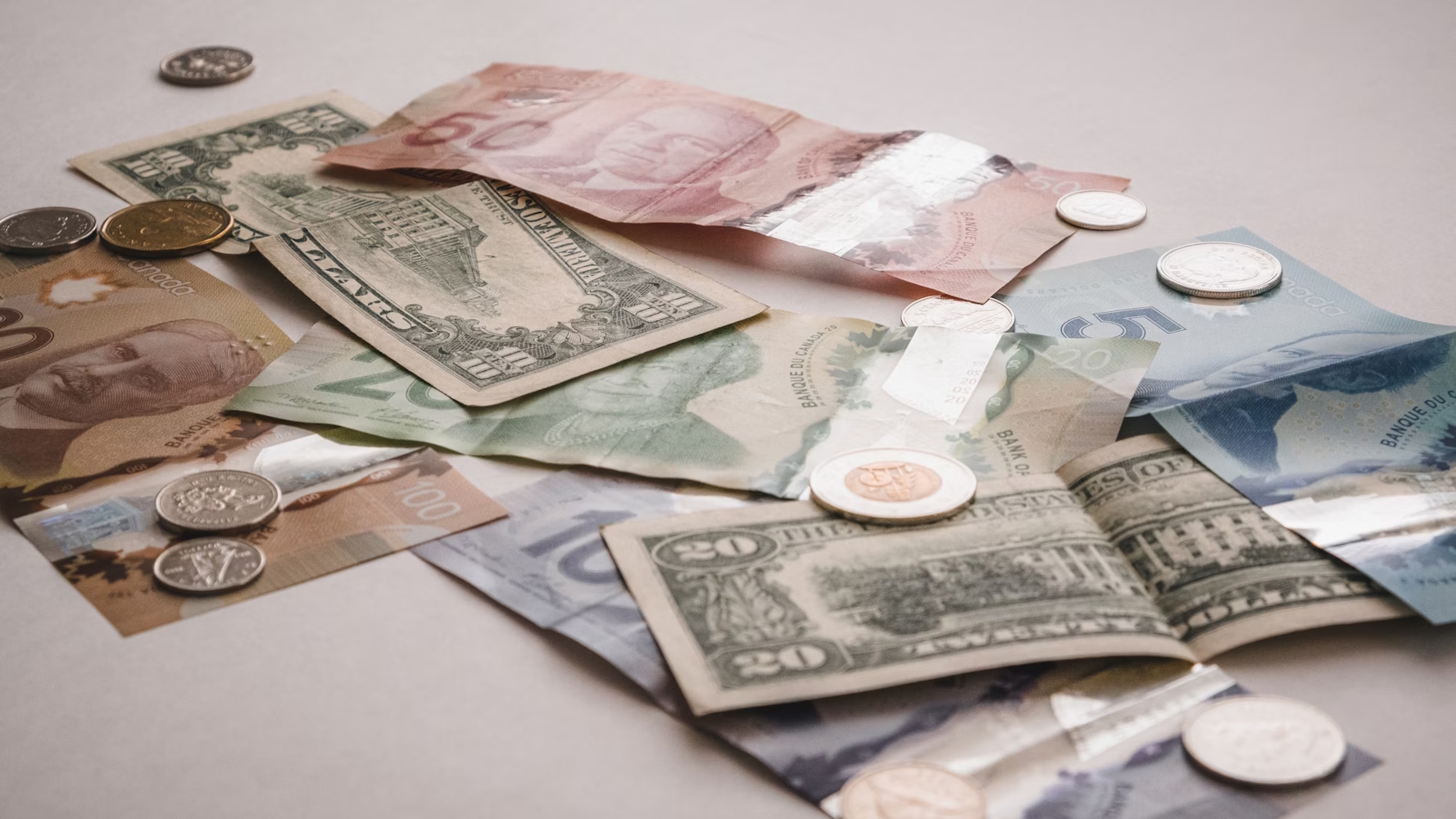Debt, Leverage and Commercial Real Estate Volatility

Content Header
Over the past four and a half decades I have spent a significant amount of time in Japan. One of the more interesting facts that I discovered while there is that there are more than 140 businesses that have successfully operated for more than 500 years. Five hundred years in business! While these 140 businesses span the business spectrum, there is one characteristic that they all share. That characteristic is that none of them carry any debt whatsoever. Additionally, these businesses maintain substantial cash reserves.
Without any debt to be serviced, the profits from these businesses can be accumulated to provide future cash reserves that allow the businesses to weather extremely difficult and volatile times that might otherwise decimate more leveraged businesses. So, does this mean that debt is inherently bad and should be avoided? Not necessarily. In the commercial real estate sector the absence of debt to finance projects would invariably mean the death knell for most transactions. Instead, there should be a balanced and sensible use of debt and overall leverage. That is to say that leverage should be optimized but not necessarily maximized.
With the exception of (i) pension fund investments and (ii) the transactions of the most conservative real estate investors, the vast majority of commercial real estate transactions require the use of debt to make the transaction viable. The use of debt allows the investor to leverage the amount of available equity in order to acquire an ever-larger commercial real estate asset. By leveraging the investment the investor is able to increase capital efficiency. Debt capital is usually cheap relative to the expected return that the investor anticipates from the investment.1 Therefore, it is more efficient to use debt in lieu of equity capital. The more debt capital that is used, the more assets that can be owned and the more assets owned the greater the profits will be...assuming all goes well. However, leverage, of course, has its downside. The more leverage that is applied to the investment, the greater is the potential for loss when there is trouble. In addition, if there is a decline in the property’s value, then the more leverage that has been employed the greater the loss that will be incurred.
Without any indebtedness the real estate investor is likely to survive all but the most challenging circumstances and still retain ownership of the investment. On the other hand, as the investor’s level of indebtedness increases the range of market volatility that the investor can withstand continually narrows until at a very high level of leverage, only the mildest of challenges are survivable. However, since debt and leverage are generally essential for real estate investment, the question becomes “how much debt is prudent?” Before answering that question it is important to note that the magnification of gains and losses stemming from the use of leverage is typically symmetrical: a given amount of leverage amplifies gains and losses similarly. However, a heavily levered real estate investment faces a downside risk to which there isn’t a corresponding upside – that is the risk of total loss. Given that leverage magnifies gains when there are gains and that investors only invest when they expect there to be gains, it can be tempting to think that the right amount of leverage is “all the leverage you can get”. But if you bear in mind (i) leverage’s potential to magnify losses when there are losses and (ii) the risk of ruin under extreme negative circumstances, an investor should usually use less than the maximum leverage available. Successful investments, enhanced by the moderate use of leverage, should usually provide a good enough return – something few people think about in good times.
Therefore, when determining the amount of leverage to apply on any investment the investor should focus on optimizing leverage rather than maximizing leverage. By optimizing leverage and leaving a significant margin of safety to cover the unlikely but possible commercial real estate market volatility that occasionally impacts the real estate market the investor will be able to survive the challenges posed by that market volatility.
1 If the investor is able to finance the property with debt that has a cost (i.e., an interest rate) that is less than the unleveraged yield that the property generates, then there is positive leverage in effect. The net result of this positive leverage is to increase the return that the investment generates. When positive leverage is in effect then the more debt that is utilized, the greater the return that the investment will generate. This is what is meant by capital efficiency.
